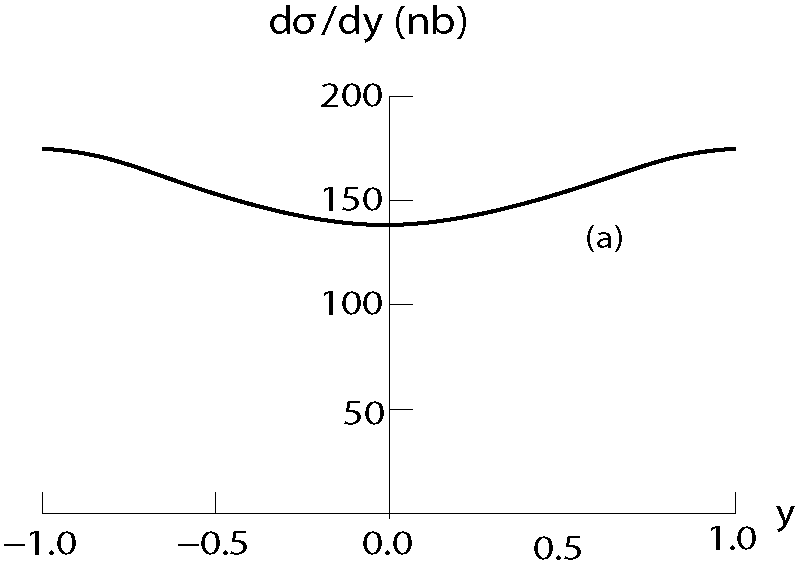Introduction
This new work on p-p collisions is based on the heavy quark state production formalism in Pb-Pb collisions at
= p-p energy = 5.02 TeV [1].
I use the standard model the for J/Ψ state and the mixed hybrid theory [2] for Ψ (2S) the state.
In section 2 heavy quark hybrid states and mixed heavy quark hybrid states are reviewed. The charm quark c is needed with a mass [3]
1.27 GeV.
Also, the anti-quark
is needed. As discussed in section 2 the state J/Ψ (1S) is
while state Ψ (2S) is a mixed hybrid c meson.
In section 3, Ψ production in p-p collisions is reviewed. My new work on heavy quark state production is based on the methods used in heavy quark state production in Cu-Cu and Au-Au collisions at
= 200 GeV[4] which used the color octet model [5-7]. Prior to the article [?] Ψ (2S) and Ψ(3S) suppression in p-Pb collisions with E =
= 5.02 TeV was estimated [8] and reviewed [9]. Also, the ALICE collaboration studied J/Ψ production via Xe-Xe collisions at
= 5.44 TeV [10].
Normal and mixed Charmonium States
The starting point of the method of QCD sum rules [11] is the correlator
With |〉 the vacuum state and the current JA (x) creates the states with quantum numbers A.
With c,
and g a charm quark, an anti-charm quark, and a gluon.
For the normal charmonium state J/Ψ (1S)
while the mixed hybrid charmonium state Ψ (2S) Jc is
where f = 2.
Note that
creates a normal charmonium state J/Ψ (1S) and
creates a hybrid state Ψ (2S).
Differential rapidity cross sections for J/Ψ (1S) Production at E= 510 GeV
In the present work I use the theory described in detail in Ref [12] with applications to BNL-RHIC, LHC and Fermilab, based on the octet model [5-7] for pp production of heavy quark states; and used for studies of pp collisions for Upsilon production at forward rapidities [13] and for heavy quark production at 7 TeV [14] and 8 TeV [15]. This calculation is motivated by the report of preliminary data for J/Ψ, Ψ (2S) production via pp collisions at 510 GeV by the PHENIX Collaboration [16].
For helicity λ =0, the differential rapidity cross section is given by [12]
with with a = 4m2/s=3.46×10-5, s =E2, E = 510 GeV, m = 1.5 GeV (for charm quark) and [12]
= nb. X(y) and
are given by (there was a typo in the numerator of
, within Ref [12])
The gluonic distribution function fg (x), for
=E=510 GeV [12], is
From Eqs(4,2,6) the differential rapidity cross sections for J/Ψ (1S) production via 510 GeV p-p collisions with the standard theory [3] are shown in the figure below.
Figure 1: dσ/dy for E=510 GeV p-p collisions with λ = 0 producing (a)
J/Ψ (1
S) with a standard C
model.
Conclusion
I have calculated the differential cross sections for pp collisions at 510 GeV for J/Ψ (1S) production with the standard
model. As shown in the figure,
150 nb.
The cross-section for J/Ψ (1S) production in the standard model has been found in pp collision experiments at 200GeV [12].
 This work is licensed under a Creative Commons Attribution 4.0 International License.
This work is licensed under a Creative Commons Attribution 4.0 International License.
 Help ?
Help ?




 Save to Mendeley
Save to Mendeley